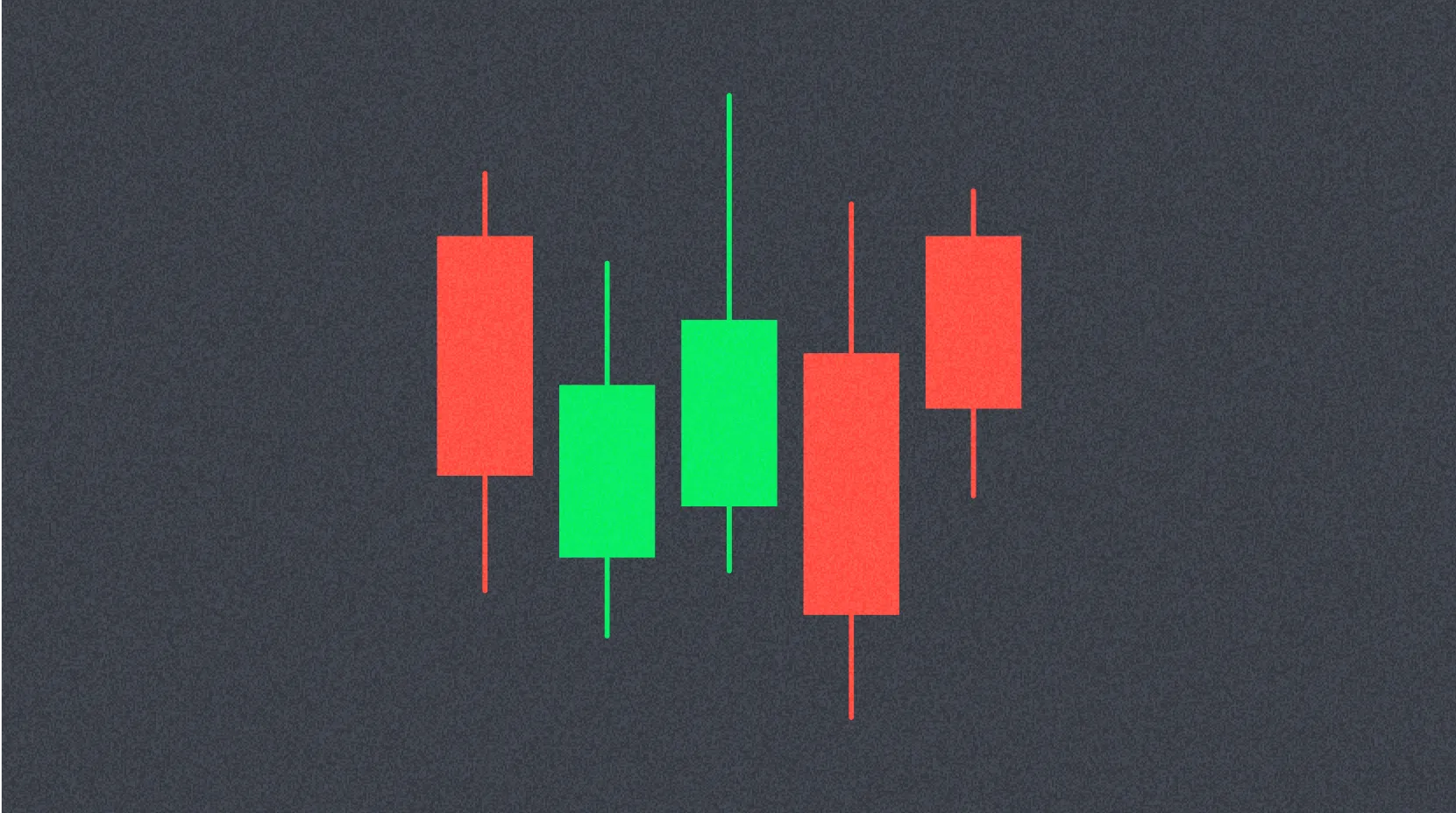Duygu Ne Anlama Gelir?

Kripto Para Piyasasındaki Sentiment: Nedir ve Neden Önemlidir
Tanım
Piyasa hissiyatı, belirli bir zamanda bir varlık veya piyasa katılımcılarının genel tonu veya tutumudur.
- Sürücüler: Haber başlıkları, sosyal medya trendleri, makroekonomik olaylar ve zincir üzerindeki veriler tümüyle duygu üzerinde etkilidir.
- Sonuç: Pozitif duygu genellikle yükselişleri tetiklerken, negatif duygu satışları başlatabilir.
Farklı Pazar Duyguları Türleri
1. Yükseliş Eğilimi
- Tüccarlar iyimser hissediyor.
- Fiyatlar talep arttıkça yükseliyor.
- Örnek: Bitcoin'in ETF onaylarından sonra yükselmesi.
2. Ayı Piyasası Hissi
- Kötümserlik hakim.
- Korku satış baskısına yol açar.
- Örnek: Düzenleyici baskılar sırasında panik.
3. Nötr Duygu
- Tüccarlar netlik bekliyor.
- Fiyatlar aralıklarda konsolide oluyor.
- Örnek: Büyük bir patlamadan önce yatay BTC hareketi.
4. Korku Kaynaklı Duygu
- Belirsizlik, hack'ler veya çöküşler tarafından tetiklendi.
- Yatırımcılar stabilcoin'lere veya fiat para birimlerine geçiş yapıyor.
5. Açgözlülük Temelli Duygu
- Aşırı özgüven satın alma çılgınlıklarına yol açar.
- Genellikle altcoinlerin agresif bir şekilde pompalandığı piyasa zirvelerinde görülür.
Duygu Göstergeleri
Korku ve Açgözlülük Endeksi
- Mevcut Okuma: 53 → hafif bir iyimserliğe eğilim gösteren nötr bir piyasayı öneriyor.
- Ölçek: 0'dan (aşırı korku) 100'e (aşırı açgözlülük) kadar değişir.
- Bileşenler: Volatilite, ticaret hacmi, sosyal medya trendleri, anketler ve hakimiyet.
Bitcoin Dominansı
- Mevcut Seviye: 59%
- Anlam:
- Yüksek hakimiyet genellikle yatırımcıların belirsizlik dönemlerinde BTC gibi daha güvenli yatırımları tercih ettiğini gösterir.
- Daha düşük baskınlık genellikle artan altcoin coşkusunu işaret eder.
Kripto Para'da Duygunun Neden Önemli Olduğu
- Fiyat Hareketi: Piyasalar duygular kadar temellere de dayanarak hareket eder.
- Erken Sinyaller: Duygu değişimleri genellikle teknik kırılmaların öncüsüdür.
- Risk Yönetimi: Korku veya açgözlülükteki aşırılıkları tanımak, traderların diğerlerinin panik yaparken veya heyecana kapılırken mantıklı hareket etmelerine yardımcı olabilir.
Sonuç
Duygu, kripto pazarının kalp atışıdır. Korkunun kitlesel satışlara neden olduğu veya açgözlülüğün altcoin rallilerini tetiklediği durumlarda, kalabalığın ruh halini anlamak önemlidir. Böyle araçlarla Korku & Açgözlülük Endeksi (53) ve metrikler gibi BTC hakimiyeti (%59), traderlar piyasanın nereye gidebileceği konusunda içgörüler kazanır.
Duygu analizini ustalıkla yapanlar, başkalarının tereddüt ettiği anlarda genellikle fırsatlar bulurlar.
Kripto Para Dünyasında Sentiment Hakkında Sıkça Sorulan Sorular
S1: Kripto ticaretinde duygu ne anlama geliyor?
Bu, trader'ların ve yatırımcıların piyasaya karşı genel ruh hali veya psikolojisini ifade eder.
S2: Trader'lar duygu durumunu nasıl ölçer?
Korku ve Açgözlülük Endeksi, Bitcoin hakimiyeti, ticaret hacimleri ve sosyal medya etkinliği gibi araçlar kullanıyorlar.
S3: 53 puanlık bir Korku ve Açgözlülük skoru ne anlama geliyor?
Bu, ne korkunun ne de açgözlülüğün baskın olduğu tarafsız bir piyasayı gösterir, genellikle büyük hareketlerden önce.
S4: Bitcoin hâkimiyeti neden önemlidir?
%59'lük bir hakimiyet, BTC'nin piyasanın büyük bir kısmını emdiğini gösteriyor ve genellikle altcoinler için daha düşük risk iştahını işaret ediyor.
S5: Duygu, piyasa çöküşlerini veya yükselişlerini tahmin edebilir mi?
Mükemmel olmasa da, aşırı duygu seviyeleri genellikle dönüş noktalarını işaret eder - aşırı korku toparlanmalardan önce ortaya çıkabilirken, aşırı açgözlülük balonları işaret edebilir.

Bearish ne demektir?

Kripto Çöküşü mü Yoksa Sadece Düzeltme mi?

CryptoJack neden bu boğa koşusunda Gate.com ve GT TOKEN hakkında bu kadar umutlu?

AUM Anlamı: Yönetim Altındaki Varlıklar Açıklaması

2025’in Lider Kripto Platformları: Kurumsal Dönem Öncesi Dalgada Yön Bulmak

Kripto Para Alım Satım Zamanı: Tüccarlar İçin Kapsamlı Bir Rehber

Dropee Günlük Kombinasyonu 11 Aralık 2025

Tomarket Günlük Kombinasyonu 11 Aralık 2025

Merkeziyetsiz Finans'ta Geçici Kayıp Nedir?

Kripto Parada Çifte Harcama: Önleme Stratejileri

Kripto Ticaretinde Wyckoff Yönteminin Anlaşılması





